Pentachlorophenol and By-Products of Its Synthesis.
Pentachlorophenol (PCP) is an organochlorine compound used as a pesticide and a disinfectant.First produced in the 1930s, it is marketed under many trade names. It can be found as pure PCP, or as the sodium salt of PCP, the latter which dissolves easily in water.
Pam Magee, in Side Effects of Drugs Annual, 2011. Tumorigenicity. Pentachlorophenol was first registered as a wood preservative in the USA in 1936, and has also been used in ropes, paints, adhesives, canvas, insulation, and brick walls. Use by the general public was restricted in 1984, and the use of pentachlorophenol was limited to industrial areas.
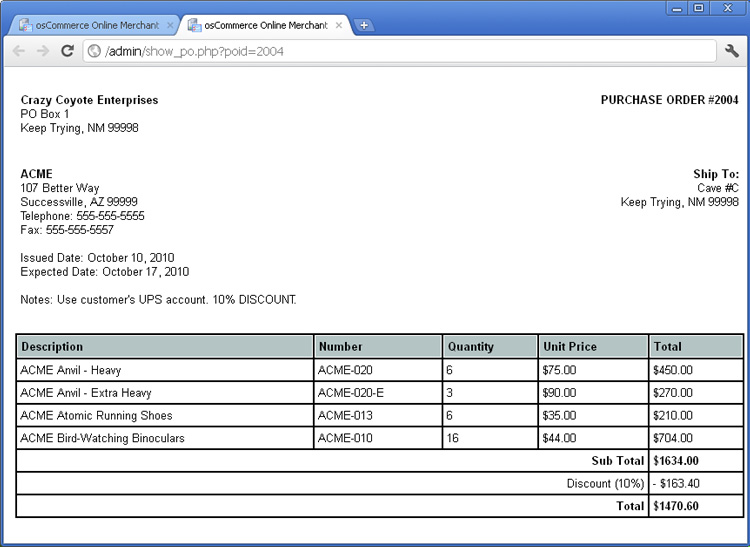
Pentachlorophenol (PCP) was the most widely used chlorinated phenols, primarily for wood preservation. The genotoxicity of PCP has been attributed to its two major quinoid metabolites: tetrachlorohydroquinone and tetrachloro-1,4-benzoquinone (TCBQ). Although the redox cycling of PCP quinoid metabolites to generate reactive oxygen species is believed to play an important role, the exact.
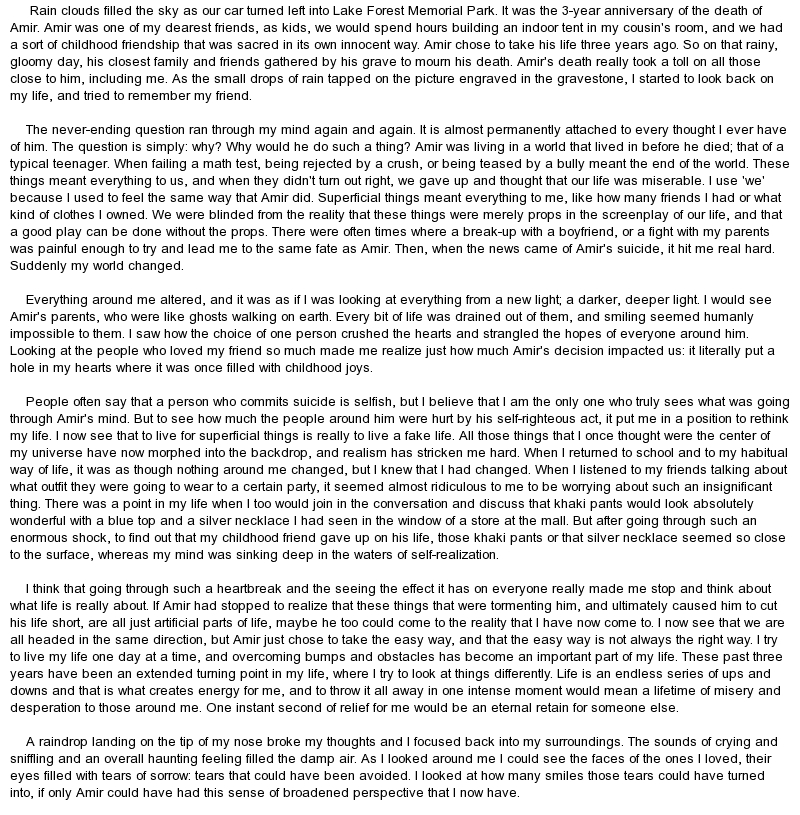
We conducted pentachlorophenol synthesis reactions in the laboratory to demonstrate the ability to mimic the commercially practiced temperature-programmed synthesis and to identify an operating.
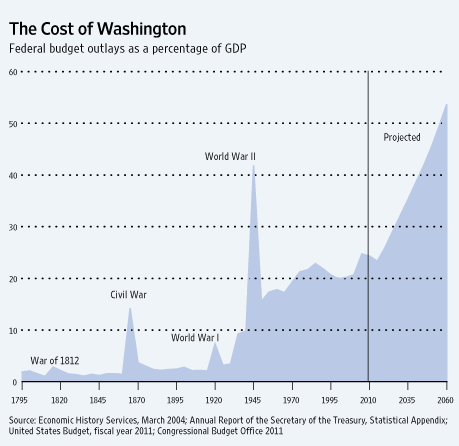
Pentachlorophenol is a manufactured chemical that does not occur naturally. Pure pentachlorophenol exists as colorless crystals. Impure pentachlorophenol (the form usually found at hazardous waste sites) is dark gray to brown and exists as dust, beads, or flakes.
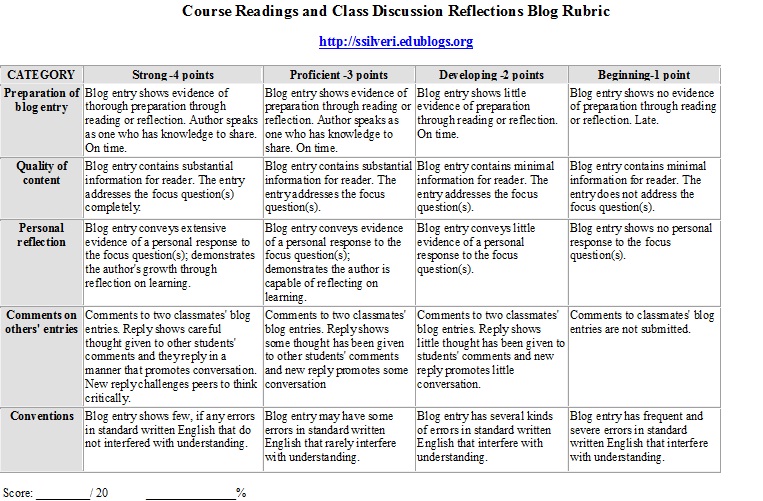
Pesticide properties for pentachlorophenol, including approvals, environmental fate, eco-toxicity and human health issues.

A meta description is an HTML tag in the HTML code of your website, which allows you to customize a section of text that describes the page itself. It plays a role in how your page is seen by search engine crawlers, and how it appears in SERPs.

Here you can find all of the regulations and regulatory lists in which this substance appears, according to the data available to ECHA. This substance has been found in the following regulatory activities (directly, or inheriting the regulatory context of a parent substance).

Pentachlorophenol (PCP), in common with other chlorophenols, has a broad range of biocidal activity. In particular, PCP has been found to be effective as an algicide, bactericide, fungicide, herbicide, insecticide, and molluscicide (WHO, 1987). The mechanism of pesticidal.

Pentachlorophenol definition is - a crystalline compound C6Cl5OH used especially as a wood preservative and fungicide and a disinfectant.
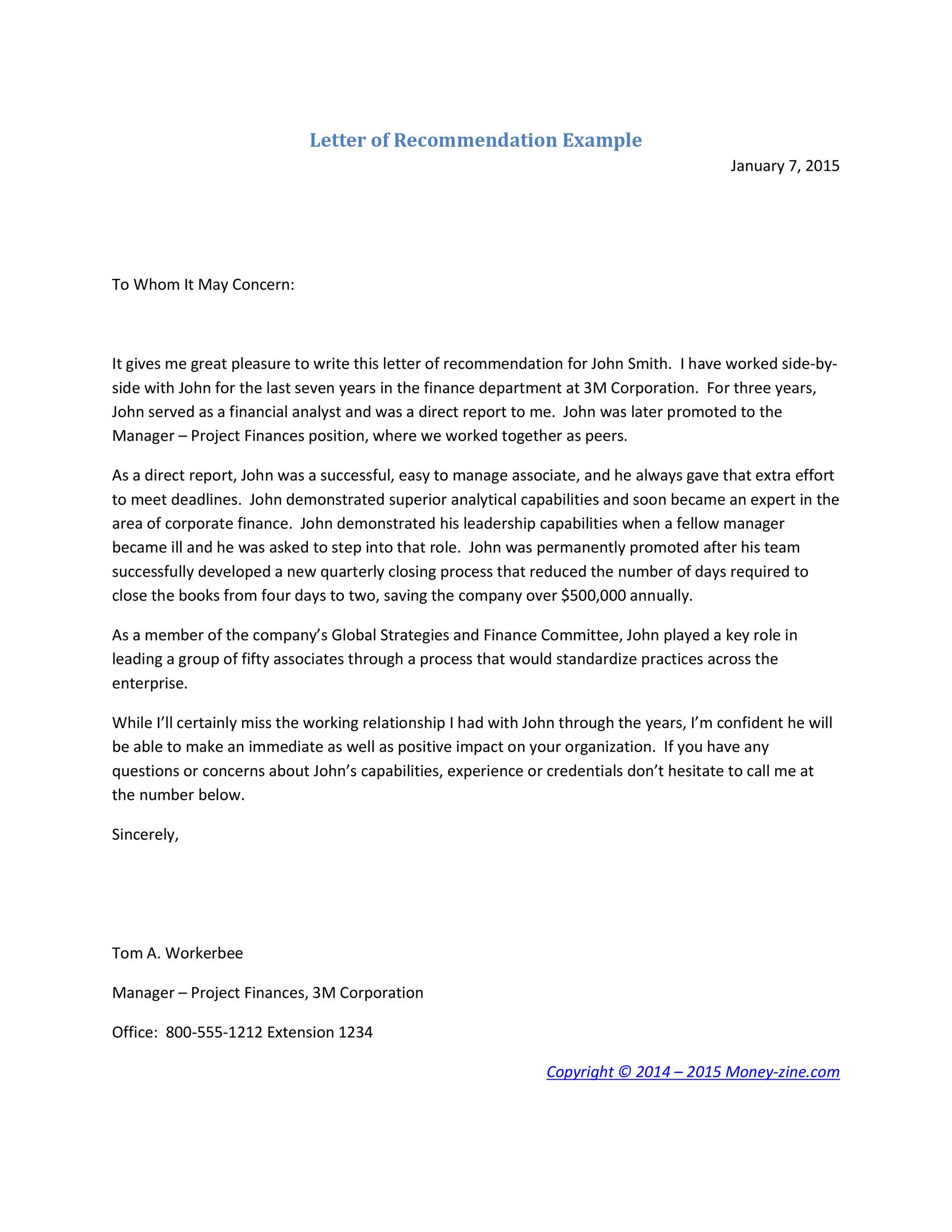
Pentachlorophenol poisoning. Proudfoot AT(1). Author information: (1)National Poisons Information Service (Birmingham Centre), City Hospital, Birmingham, UK. Despite being banned in many countries and having its use severely restricted in others, pentachlorophenol (PCP) remains an important pesticide from a toxicological perspective. It is a.

Pentachlorophenol Wood Preservatives. Pentachlorophenol is a restricted use pesticide and is used industrially as a wood preservative for utility poles, railroad ties, and wharf pilings. Pentachlorophenol was widely used as wood preservative until 1987 when its use was restricted to certified applicators. Pentachlorophenol is considered a probable human carcinogen and exposure to high levels.

Colorless to white, crystalline solid with a benzene-like odor. (fungicide) NIOSH SM6300000 odourless white or light brown powder or crystals OU Chemical Safety Data (No longer updated) More details.

